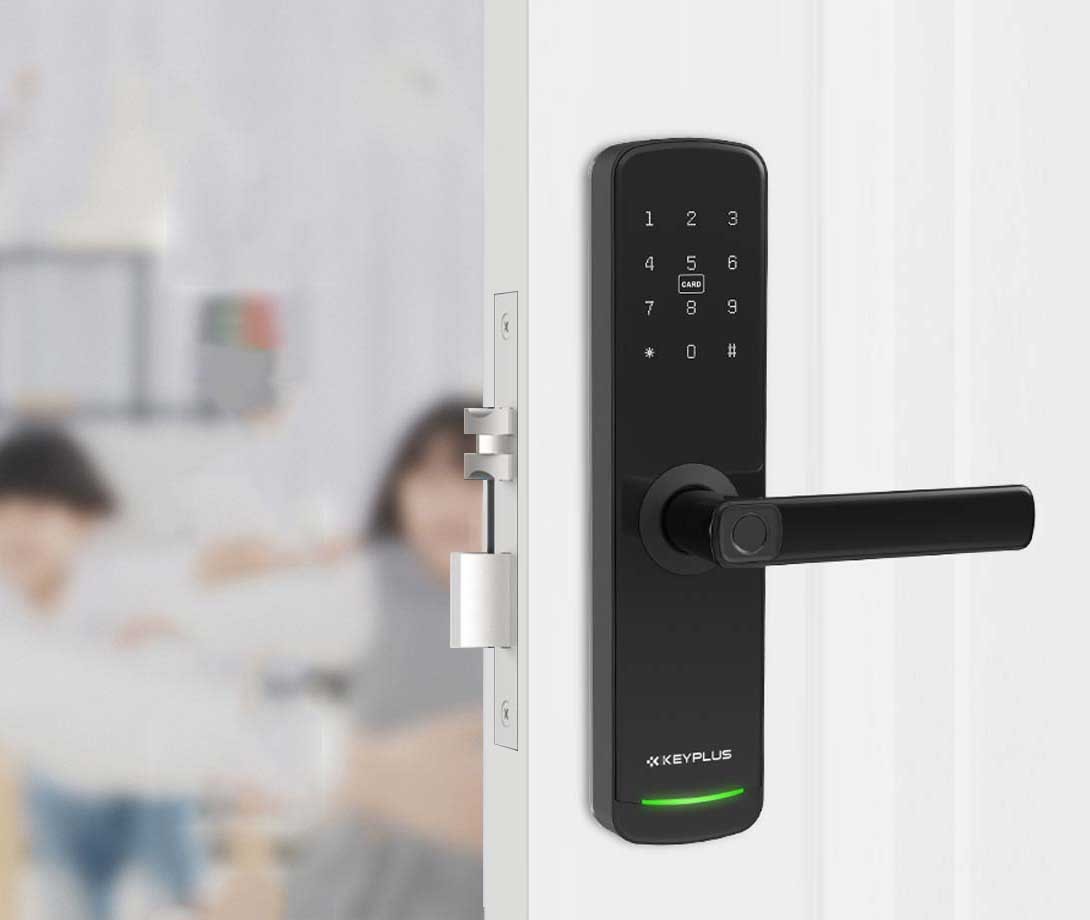Do Digital Locks Need Power?
As digital locks replace traditional keys in millions of American homes, one critical question arises: Do these high-tech locks require a power source to function? The answer isn’t as simple as “yes” or “no”—it depends on the type of lock and its features.
This guide breaks down:
How different digital locks use power
Battery life expectations
Backup power solutions
Key considerations for reliable operation
Whether you’re a tech enthusiast or just want key-free convenience, understanding power requirements is essential for choosing the right lock.
The Short Answer: Yes (But Not Always)
Most digital locks do require power, but they don’t need to be hardwired to your home’s electrical system. Instead, they typically use replaceable batteries (AA, AAA, or lithium packs). A few models offer hybrid power options or mechanical overrides.
Key Power Scenarios
| Lock Type | Power Source | Backup Options |
|---|---|---|
| Keypad Locks | Batteries | Physical key or 9V emergency port |
| Smart Locks (Wi-Fi/Bluetooth) | Batteries | Key override, external battery pack |
| Biometric/Fingerprint Locks | Batteries | Backup code or key |
| Hardwired Locks | Home electricity | Battery backup (rare) |
How Different Digital Locks Use Power
1. Battery-Powered Locks (Most Common)
Power Source: Replaceable batteries (AA/AAA)
Typical Battery Life:
- Basic keypad locks: 1–2 years
- Smart locks: 3–12 months
- Fingerprint locks: 6–8 months
Pros:
Easy to install (no wiring needed)
Portable for renters
Affordable maintenance
Cons:
Risk of lockout if batteries die unexpectedly
Frequent replacements for smart locks
2. Hardwired Digital Locks (Rare)
Power Source: Connected to home’s electrical system
Backup: Built-in battery or mechanical key
Pros:
No battery changes
Always powered
Cons:
Complex installation (requires professional)
Fails during power outages without backup
3. Hybrid Power Locks
Power Sources: Batteries + solar/kinetic energy
Innovative Options:
- Solar panels
- Kinetic energy (powered by turning the handle)
Pros:
Extended battery life
Eco-friendly
Cons:
Limited availability
Higher upfront cost
What Happens When the Power Fails?
Battery-Powered Locks
Low-Battery Warnings:
- Most locks beep, flash lights, or send app alerts when batteries are low
Emergency Power Options:
- 9V battery port (touch a 9V battery to the lock’s terminals)
- Physical key override (keep a spare key nearby!)
Hardwired Locks
Power Outage Risks:
- Will fail unless they have a battery backup
- Always check for backup options before buying
Battery Life: How to Maximize It
Factors Affecting Battery Drain
- Connectivity: Wi-Fi drains batteries faster than Bluetooth or offline keypads
- Usage Frequency: Heavy traffic (10+ unlocks/day) shortens battery life
- Weather: Cold climates reduce battery efficiency
Pro Tips for Longer Battery Life
- Use lithium batteries (perform better in extreme temperatures)
- Disable unnecessary features (e.g., auto-lock if rarely used)
- For smart locks:
- Use a Wi-Fi bridge (reduces direct lock-to-router power drain)
- Enable energy-saving modes in the app
Backup Power Solutions
1. Physical Key Override
How It Works:
- Most digital locks include a traditional keyhole
- Store a spare key in a secure location (not under the mat!)
Best For:
- All battery-powered locks
2. 9V Emergency Battery Port
How It Works:
- Touch a 9V battery to the lock’s contacts for a temporary power boost
3. External Battery Packs
Example:
- Use with USB-C power bank
Digital Locks vs. Traditional Locks: Power Comparison
| Feature | Digital Lock | Traditional Lock |
|---|---|---|
| Power Required | Yes (batteries) | No |
| Lockout Risk | Moderate (if batteries die) | Low (unless key is lost) |
| Maintenance | Battery changes | Key duplication |
| Weather Impact | Battery drain in cold | No effect |
Who Should Avoid Battery-Powered Locks?
Consider Traditional Locks If You:
- Live in extreme climates (-20°F winters or 120°F summers)
- Frequently forget maintenance tasks (battery changes)
- Want zero power dependency
Final Verdict: Are Battery-Powered Locks Worth It?
YES, If You:
✔ Want keyless convenience
✔ Don’t mind replacing batteries 1–2 times a year
✔ Value smart features (remote access, auto-lock)
NO, If You:
Prefer “set it and forget it” reliability
Live in areas with frequent power outages
Need a lock for critical security
Pro Tip:
Keep a battery caddy near your lock with spare AAs and a 9V battery for emergencies.
Conclusion: Power Smart, Not Hard
Digital locks require power, but modern battery technology and backup options make them reliable for most homes. While traditional locks never need batteries, they lack the convenience and advanced features that make digital models appealing.
For 90% of Americans, the occasional battery change is a fair trade-off for keyless entry, remote access, and enhanced security. Just remember to:
- Enable low-battery alerts
- Keep backup power sources handy
- Test your lock monthly
Ready to go key-free?
Post time: Apr-29-2025


